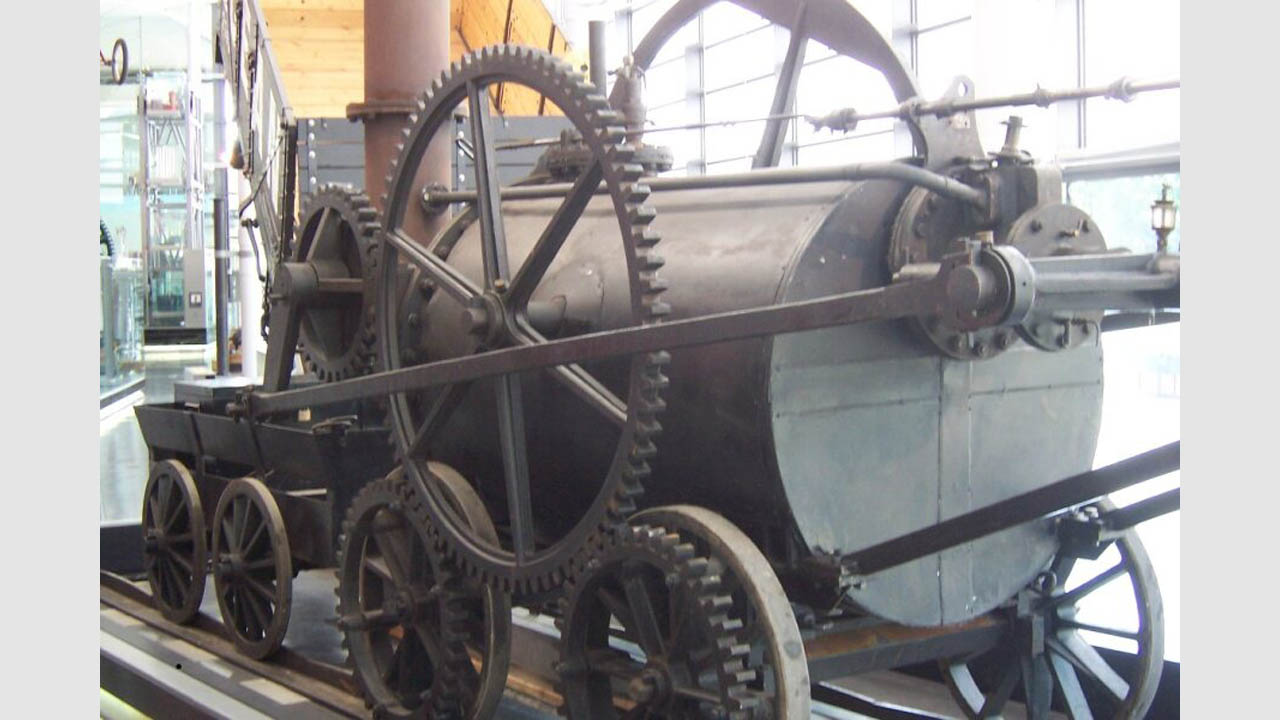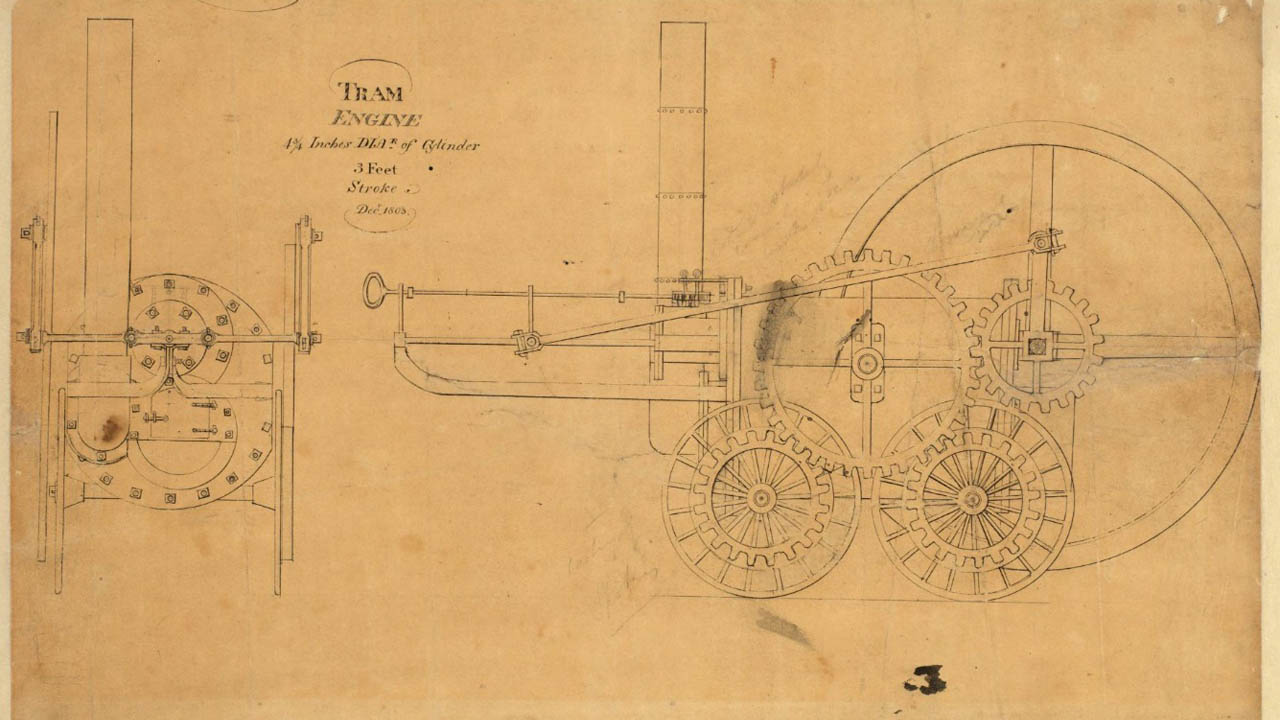Richard Trevithick
With the world on the cusp of industrial revolution, an engineer arrived in south Wales bringing new ideas of how to do things differently.
His name was Richard Trevithick and his idea would become the world’s first steam journey.
And 221 years on from that historic day in February 1804, Transport for Wales are on the cusp of a new rail revolution. While electrification is nothing new in Britain, the transformation of the south Wales Valley lines to electric will surely earn its own place in the annuls of rail history.
Replacing token working systems that have existed since the Victorian era, electrifying lines and introducing tram-trains that will get you from Merthyr to Cardiff in as little as 44 minutes, the project will be truly transformative.
The rail and industrial pioneers of the Georgian and Victorian eras are of course synonymous with the projects they delivered, with the names Trevithick, Stephenson, Brassey and Brunel commonplace on most studies of the industrial revolution.
But today’s projects rarely attribute the success to just one person. Very few could name the lead engineers on Crossrail or London Bridge station’s transformation for example.
The plans for the south Wales Valleys were part of the Welsh Government’s vision to build a world class railway system, and apart from the interruption of Covid they are now well on track.
Chief Infrastructure Officer Dan Tipper said
It’s a huge privilege to be delivering this level of investment to areas that have suffered not received it in recent years.
When Trevithick’s engine made that first journey, Wales was gearing up to play a huge role in that industrial revolution with multiple ironworks, collieries and foundries springing up across the landscape.
This new investment in Infrastructure and New Trains, combined with a significant increase in the frequency of services, really could be a fresh shot in the arm for these communities.
We hope not just to improve the economic picture with better transport services, but to inspire a new generation of engineers for this and future generations to come.
In Merthyr, the Penydarren trail marks the route Trevithick’s engine took on February 21 1804. The Cornishman had designed the locomotive for Samuel Homfrey the owner of the ironworks. It managed to successfully haul 10 tonnes of iron the nine miles to Abercynon in five trucks at almost 5mph. While the story is that 70 workers also jumped in for a ride too, it was never treated as the first “passenger train”. In fact the achievement gained very little press coverage at the time, and while the Swansea and Mumbles Railway would see fare paying passengers three years later, their carriage was pulled by horses rather than steam.
It would take a full 21 years before the Stockton and Darlington locomotive’s journey in 1825, which is seen as the first passenger train journey and which is why we mark Railway 200 this year.
And with the new rail investments set to come to fruition in the coming years, who knows what the next steps of innovation and industry will be for the rail network in Wales.
You can follow in Trevithick’s footsteps on the trail here.
A replica of the Penydarren locomotive can be viewed in Swansea’s Waterfront Musuem, approximately 20 minute walk from Swansea Railway Station.






